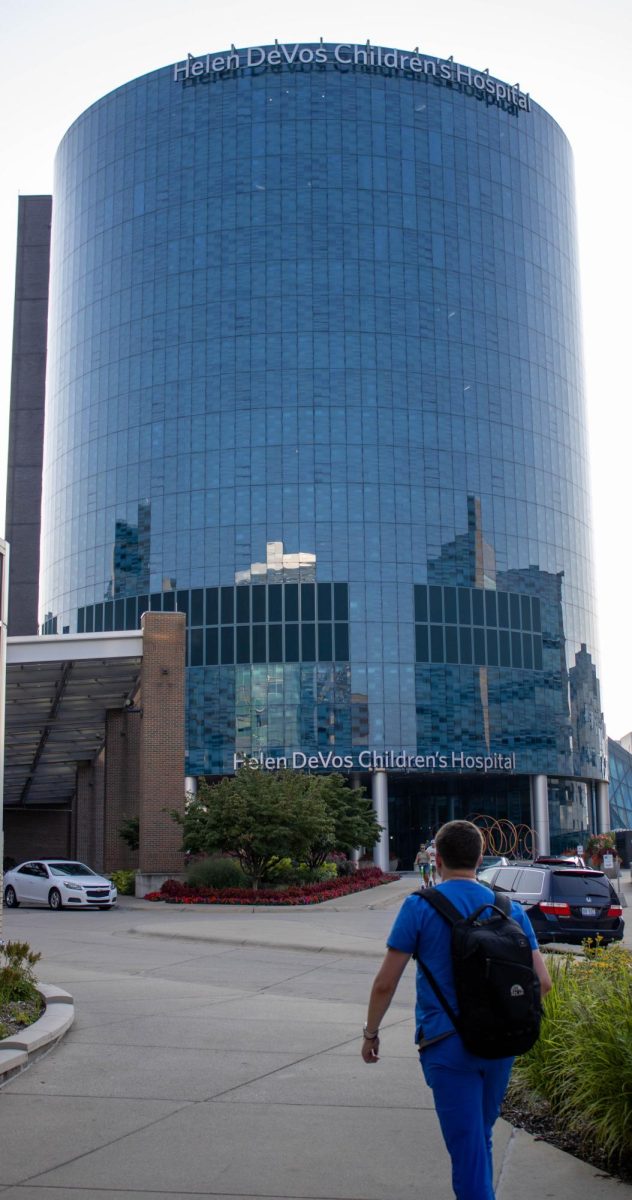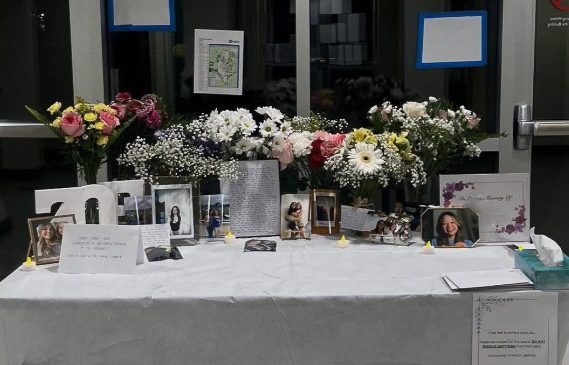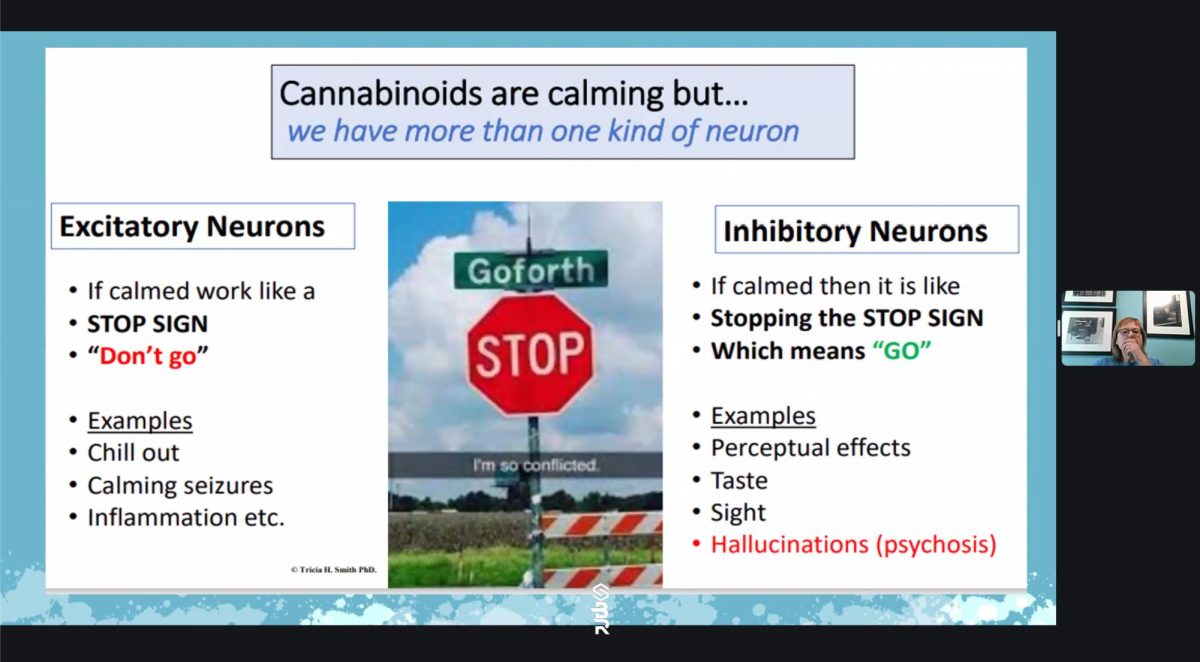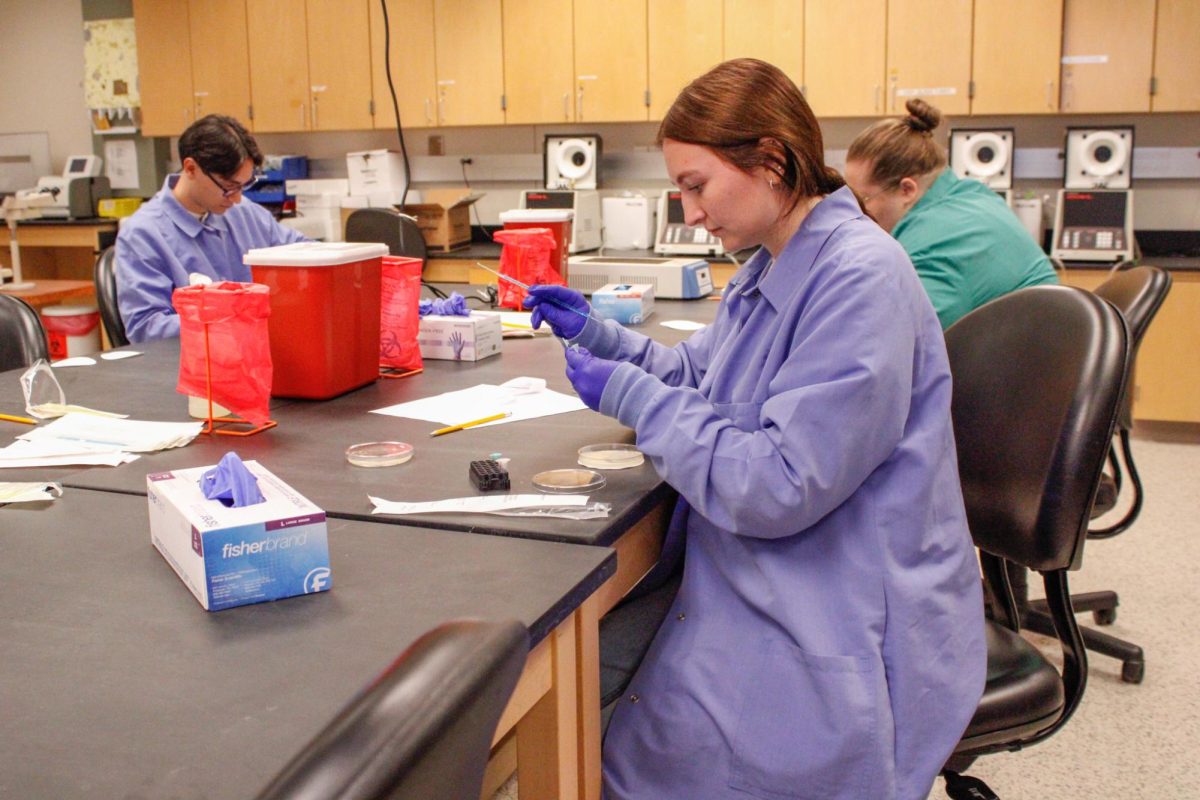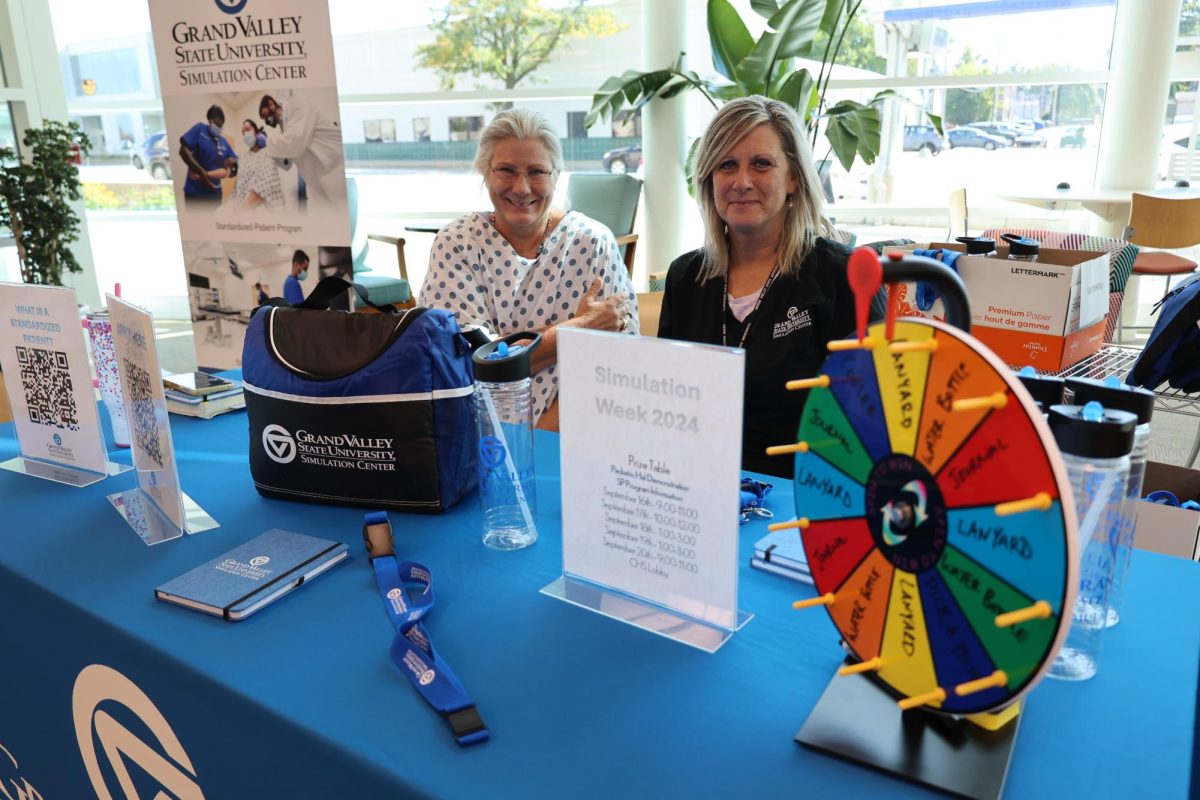The Bureau of Labor Statistics published trends for the 2021 system, showing a major increase in workplace injury and illness in the healthcare and social work industries. The risk for illness has been consistently high within medical fields, but recently, new growth within the work-related injuries and death subcategories has stirred conversations about how dangerous healthcare and medical professions are becoming.
Healthcare locations across the board have noted more violent occurrences, especially since the COVID-19 pandemic. The numbers for Spectrum hospitals show a massive uptick in calls to security for 2020, with a 57 percent increase from 2019. While the pandemic put patients and staff alike under tremendous stress, the amount of violence taking place in the healthcare field poses additional concerns for patients going through difficult times, especially with mental health concerns.
Dean of the Kirkhof College of Nursing at GVSU, Tricia Thomas, said the pandemic has had a powerful effect on increasing the unfortunate circumstances in the workplace.
“It escalated pretty abruptly during COVID,” Thomas said. “The pandemic caused tremendous isolation of people and a lot of trauma and social strife. People were isolated and overwhelmed.”
While the pandemic itself was highly influential in the increase in violence, Thomas said mental and emotional stress of any kind can make a bad situation worse.
“These are very high-stakes emotional situations, especially when dealing with people who are mentally ill,” Thomas said. “Many frontline workers have been confronted with violence and aggression. It is unfortunately not uncommon.”
Though these circumstances coalesced into an increase in workplace violence, the healthcare field is trying to address these concerns and make it safer going forward.
“Training for staff and nurses on how to de-escalate these types of situations is very important,” Thomas said. “This has helped lots of people learn how to most effectively intervene and interact with people so that they are not making it worse.”
Additionally, although medical professionals may have some training in these situations the reality for workers often ends up being inconsistent with their idea of the career and their goal to help people.
“No one providing healthcare goes to work thinking they are going to be injured or harmed through their work,” she said. “Their objective is the opposite, in fact.”
Lily Weber-Bailey, a senior at GVSU studying behavioral neuroscience and biomedical sciences with a pre-med emphasis, agreed with Thomas that violence in the healthcare field is a major concern.
“I think you’d have a hard time finding someone who works in health care that hasn’t experienced some sort of violence while at work,” Weber-Bailey said. “There are incidents that occur so regularly that you almost become desensitized to the fact that things like that shouldn’t be happening at work.”
Weber-Bailey said the mitigating factors for behavior like this are varied.
“Sometimes it’s altered mental status, sometimes frustrations, or a myriad of different things,” Weber-Bailey said. “Whatever a patient’s reason for violence towards healthcare workers may be, short staffing and stress do not make the situation better.”




